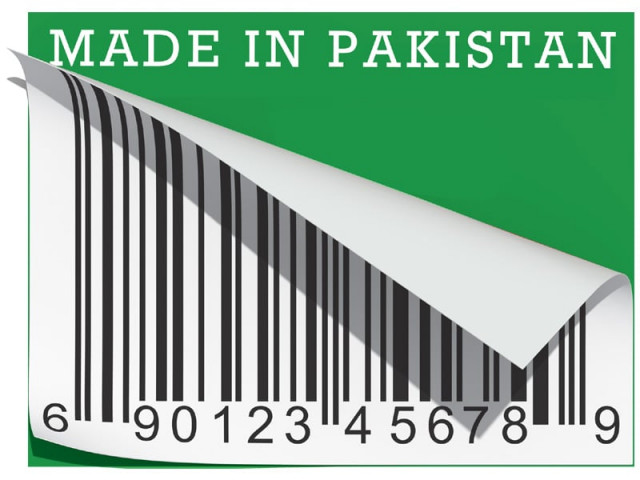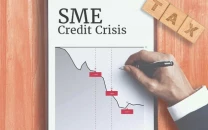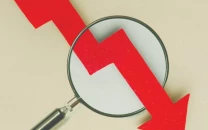Trade gap contracts for sixth consecutive month
Deficit stands 12% lower at $11.6b in first seven months of 2012-13.

Compared to exports of $14.1 billion, the country’s import bill stood at $25.7 billion in the first seven months – July to January – of the current fiscal year. DESIGN: MOHSIN ALAM
Compared to exports of $14.1 billion, the country’s import bill stood at $25.7 billion in the first seven months – July to January – of the current fiscal year, according to figures released by the Pakistan Bureau of Statistics here on Wednesday. This resulted in a trade deficit – imports exceeding exports – of $11.6 billion, 12.1% less than the deficit in the corresponding period of previous fiscal year.
In July-January of the last fiscal year, the trade gap was $13.2 billion. In a developing economy, a reasonable growth in trade deficit is considered an indication of the growing economy.
The sluggish growth is also reflected in the latest industrial growth data. According to the PBS, the large-scale manufacturing industry grew only 2.13% in the first half of 2012-13.
In the seven months of this fiscal year, exports grew 7.3% as goods worth $14.1 billion were exported, an increase of $950 million over the previous year. On the other hand, imports fell 2.5% to $25.7 billion, about $642 million less than previous year’s imports.

While analysts are warning about tough times ahead, policymakers have yet to make significant moves to turn things around. The Monetary and Fiscal Policies Coordination Board – a body tasked with aligning trade, fiscal and monetary policies – is working below its normal strength of seven members. The government has not appointed two independent economists on the board, which is necessary according to the State Bank of Pakistan Act.
According to sources, in the last board meeting few days ago, the Chairman of the board, Finance Minister Dr Abdul Hafeez Shaikh, spent more time criticising State Bank of Pakistan Governor Yaseen Anwar over the central bank’s annual report on the state of economy rather than discussing required policy measures.
When The Express Tribune approached Shaikh for comments after the meeting, he promised to give his version on the matter, but he has not responded since.
Despite deterioration in international trade, absence of foreign loans and plunging investments in the country, there was no urgency in relevant quarters to undertake necessary steps, a member of the board remarked.
He revealed that in the meeting the board could not reach an agreement on how to align the ‘disintegrated policies’.
The federal government has approved trade policy framework, after a lapse of seven months, and set an optimistic export target at $27 billion for the current fiscal year.
In the last five years, foreign investment has decreased dramatically. In 2008, the investment totalled $5.5 billion, which plunged to just $684 million in the first half of the current fiscal year.
Similarly, inflow of loans was much lower than the amount being paid in debt servicing.
Monthly trade data
A comparison of trade figures shows that exports rose 5.6% in January compared to the same month last year. In the month, goods worth $2.1 billion were exported, higher by $107 million than shipments made in January 2012.
Imports grew 3.2% to $3.8 billion, up $114 million compared to the corresponding period of last year. As a result, the trade deficit edged up 0.4% to $1.74 billion in the month.
Month-on-month data suggests that exports grew 2.8% in January over December 2012 and imports picked up 2.5%. The trade gap widened 2.2%.
Published in The Express Tribune, February 14th, 2013.
Like Business on Facebook to stay informed and join in the conversation.



















COMMENTS
Comments are moderated and generally will be posted if they are on-topic and not abusive.
For more information, please see our Comments FAQ